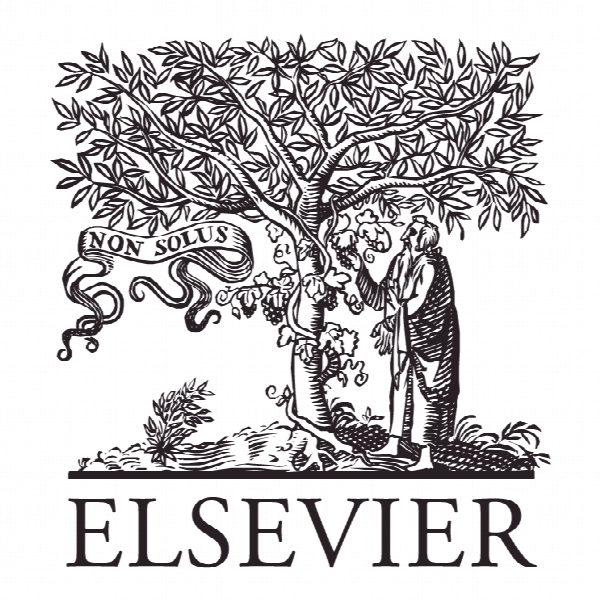ارتباط علم و فناوری از طریق همکاری آکادمیک-صنعت Bridging science and technology through academic–industry partnerships
- نوع فایل : کتاب
- زبان : انگلیسی
- ناشر : Elsevier
- چاپ و سال / کشور: 2017
توضیحات
رشته های مرتبط مدیریت و اقتصاد
مجله سیاست تحقیق – Research Policy
دانشگاه دانشکده کسب و کار ESSEC، فرانسه
نشریه نشریه الزویر
مجله سیاست تحقیق – Research Policy
دانشگاه دانشکده کسب و کار ESSEC، فرانسه
نشریه نشریه الزویر
Description
1. Introduction How ideas are produced and the means by which they are diffused is an area of great interest to researchers. This is driven by the belief that technological innovations, which are grounded in basic research, spur wealth creation and stimulate economic growth. Research universities, with their primary missions of educating and creating knowledge, are an important source for such ideas. The Bayh–Dole act of 1980 in the US and similar legislation in European countries enabled universities to patent technologies resulting from government funded research, and as a consequence universities have undertaken a third role of fostering knowledge and technology transfer to spur economic growth (Etzkowitz et al., 2000). As a result, universities have employed many instruments to push newly generated knowledge into industry (Feldman et al., 2002; Mowery et al., 2004; Thursby and Thursby, 2002), while firms have used various ways to draw upon the research and pull new technology from academia (Henderson and Cockburn, 1996; Liebeskind et al., 1996). Despite these efforts knowledge still tends to be trapped in the ivory tower (Bikard, 2014). In ∗ Corresponding author. Tel.: +33 01 34433754. E-mail addresses: chais@nber.org (S. Chai), wshih@hbs.edu (W. Shih). light of these results, many countries have increasingly turned toward academic–industry partnership programs that combine these mechanisms to facilitate and foster the bridging between academic science and commercialization of technology.1 Though there are many such programs globally, there is little research that assesses the impact of academic–industry partnership funding on participating firms’ innovative performance compared to non-participants. We examine academic–industry partnerships sponsored by the Danish National Advanced Technology Foundation2 (DNATF), a funding agency of the Danish government. DNATF awards grants for projects that partner at least one academic institution and one firmina co-funding structure where academicpartnersprovide one sixth of the budgeted amount, industry partners one third, and the agency providing the remaining half. As few existing works explore how academic–industry funding affects subsequent firm innovative performance, our analysis is mainly exploratory. We contrast a sample of funded firms with those that applied for DNATF funding but did not ultimately receive a grant, comparing on an annual basis up to 5 years after funding. Since all proposal applications were ranked, we mitigate selection bias by including qualitatively similar participant and non-participant firms. We first assess how such partnerships affect collaborations with academic research institutions in helping firms partake in innovative activities translated from basic research by studying the quantity and the collaborative nature of peer-reviewed publications. We then explore how these partnerships affect commercialization by studying the quantity of granted patents. Finally, we investigate three dimensions – the size and age of the participating firms, and the size of the collaborations – in order to establish the boundary conditions of such a funding scheme. Although our results do not show consistent significant effects of academic–industry funding on the full sample of heterogeneous participating firms, we find significant effects along the three dimensions. For the samples of qualitatively similar small and medium-sized enterprises (SMEs) and firms in large projects, peer-reviewed publications increased significantly among funded compared to unfunded firms. For the young firm and large project qualitatively similar samples, granted patents increased signifi- cantly for funded firms compared to unfunded firms up to 4 years after funding. Moreover,for allthree sample specifications,the proportion of cross-institutional publications increased significantly for funded firms compared to unfunded firms, when looking at a point 3 years after the start of funding. Taken together, our findings suggest that receiving the grant affects firms’ innovative behavior differently depending on characteristics of the firm.


